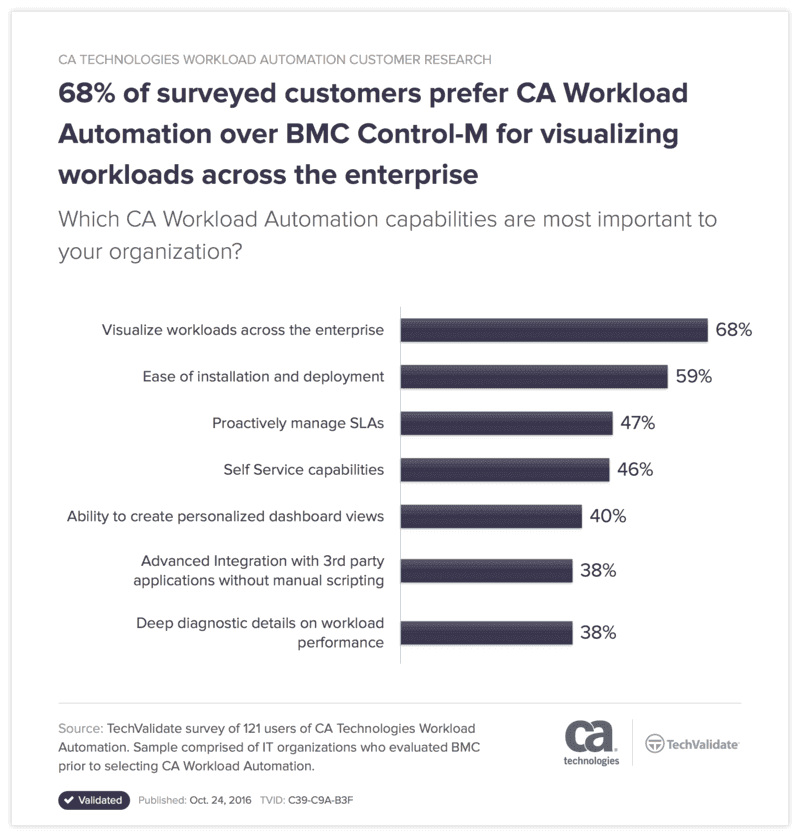SUB-COMMANDS
insert_job: Saves a brand-new job to the database
update_job: PERMANENTLY changes the definition of a pre-
existing job
override_job: TEMPORARILY changes the definition of a pre-
existing job
delete_job: Deletes a single job from the database
delete_box: Deletes a box as well as all the contents
AutoSys is used for defining, scheduling and monitoring jobs. These jobs can be a UNIX script, java program or any other program which can be invoked from shell. Before starting we assume that user has already setup an AutoSys environment. This environment consists of autosys server and autosys client. AutoSys System components 1.
Asuming you are using Autosys. You need to create a holiday-calendar (standard), in my example SAT-SUN and a few days in March are holidays. Then create a extended calendar using the holiday-calendar. This attribute and the runcalendar attribute are mutually exclusive. AutoSys will schedule the job to run on every day of the week specified by this attribute, at the times specified in the starttimes or startmins attribute, one of which must be specified if this attribute is used. The guys are correc this has nothing to do with HPUX. However autosys comes with calendar feature - 'autocal' which starts the calendar GUI or click on the calendar button in the Autosys GUI control panel or from the command line 'autocalasc' command. AutoSys r11.3 Understanding Job Scheduling Dependencies V3.docx Page 12 Version 3, 7/30/2013 Comments or Screen Captures A ‘run calendar’ specifies the days on which a job should run, such as Tuesday through Saturdays, each week. In this example, the ‘Processing Days’ are highlighted in green.




ATTRIBUTES
job_type: b, c, f (command is default)
machine: Name of machine (or IP) where job is to be
run
command: Command to be executed (.exe, .sh, .bat)
watch_file: File being monitored by file watcher
box_name: Used to nest a job inside a box
std_out_file: Redirects output from a command job to a text
file
std_err_file: Redirects error messages to a text file
condition: Used to structure job dependencies (success,
failure, terminated, done, notrunning, exit code,
and value)
min_run_alarm: Causes job to issue an alarm if it finishes too
quickly
max_run_alarm: Causes a job to issue an alarm if it runs too
long
alarm_if_fail: States whether a job will issue an alarm if it
fails
date_conditions: Toggle which must be set in order for date/time
attributes to be recognized by AutoSys
run_calendar: Specifies the calendar a job will run off of
[cannot be used with days_of_week]
days_of_week: Specifies exact days a job will run [cannot be used with run_calendar]
start_times: Exact time each day a job will run [cannot be
used with start_mins]
start_mins: Minutes after each hour a job will execute
[cannot be used with start_times]
exclude_calendar: Specifies a calendar with days specified upon
which a job will not execute
watch_interval: Steady state for file watchers
watch_file_min_size: Minimum size a file must be before a file watcher
can evaluate to success
box_success: Specifies custom success condition for a box
box_failure: Specifies custom failure condition for a box
max_exit_success: Specifies maximum exit code which will be
evaluated as a success
box_terminator: “If I fail, I kill the box I’m in”
job_terminator: “If the box I’m in fails or gets killed, I kill
myself”
term_run_time: “I kill myself after this many minutes”
chk_files: Resource check that verifies a minimum amount
of file space is available before running job
heartbeat_interval: Specifies frequency in minutes at which job’s
command is expected to issue a “heartbeat”
profile: Specifies a file which contains custom
environment variables to be used by a single job
std_in_file: Specifies a file to be used as input for a job
n_retrys: Specifies how many times a job should attempt to
re-run itself after an application-level failure
timezone: Specifies which timezone a job should use when
running
auto_delete: Specifies how many HOURS after successful
completion a job should delete itself from the
database
auto_hold: Used only with jobs in boxes. When the box goes
to a RUNNING state, the job will automatically
go ON_HOLD
permission: Extend edit or execute permissions to others
run_window: Specifies when a job can start
avg_runtime: *Only accessible through JIL* Specifies how long
a job takes to run, on average
Autosys Calendar Commands
Filed under: Autosys |